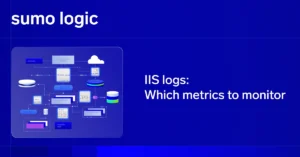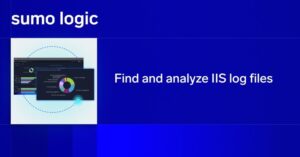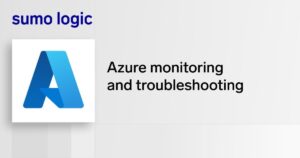The Microsoft Cloud, also known as Microsoft Azure, is a comprehensive collection of cloud services available for developers and IT professionals to deploy and manage applications in data centers around the globe.
Managing applications and resources can be challenging, especially when the ecosystem involves many different types of resources, and perhaps multiple instances of each. Being able to view logs from those resources and perform log analysis is critical to effective management of your environment hosted in the Microsoft Cloud.
In this article, we’re going to investigate what logging services are available within the Microsoft Cloud environment, and then what tools are available to assist you in analyzing those logs.
What Types of Logs are Available?
The Microsoft Cloud Infrastructure supports different logs depending on the types of resources you are deploying. Let’s look at the logs that are gathered within the ecosystem and then investigate each in more depth.
- Activity Logs
- Diagnostic Logs
Application logs are also gathered within the Microsoft Cloud. However, these are limited to compute resources and are dependent on the technology used within the resource, and application and services which are deployed with that technology.
Activity Logs
All resources report their activity within the Microsoft Cloud ecosystem in the form of Activity Logs. These logs are generated as a result of some different categories of events.
- Administrative – Creation, deletion and updating of the resource.
- Alerts – Conditions which may be cause for concern, such as elevated processing or memory usage.
- Autoscaling – When the number of resources is adjusted due to autoscale settings.
- Service Health – Related to the health of the environment in which the resource is hosted.
These logs contain information related to events occurring external to the resource.
Diagnostic Logs
Complementary to the activity logs are the diagnostic logs. Diagnostic logs provide a detailed view into the operations of the resource itself. Some examples of actions which would be included in these logs are:
- Accessing a secret vault for a key
- Security group rule invocation
Diagnostic logs are invaluable in troubleshooting problems within the resource and gaining additional insight into the interactions with external resources from within the resource being monitored. This information is also valuable in determining the overall function and performance of the resource. Providing this data to an analysis tool can offer important insights which we’ll discuss more in the next section.
Moving Beyond a Single Resource
Log viewing tools and included complex search filters are available from within the Microsoft Cloud console. However, these are only useful if you are interested in learning more about the current state of a specific instance. And while there are times when this level of log analysis is valuable and appropriate, sometimes it can’t accomplish the task.
If you find yourself managing a vast ecosystem consisting of multiple applications and supporting resources, you will need something more powerful. Log data from the Microsoft Cloud is available for access through a Command Line Interface (CLI), REST API and PowerShell Cmdlet.
The real power in the logs lies in being able to analyze them to determine trends, identify anomalies and automate monitoring so that engineers can focus on developing additional functionality, improving performance and increasing efficiencies.
There are some companies which have developed tools for aggregating and analyzing logs from the Microsoft Cloud, including Sumo Logic. You can learn more about the value which Sumo Logic can provide from your log data by visiting their Microsoft Azure Management page. I’d like to touch on some of the benefits here in conclusion.
Centralized aggregation of all your log data, both from the Microsoft Cloud and from other environments, makes it easier to gain a holistic view of your resources. In addition to making this easier for employees to find the information they need quickly, it also enhances your ability to ensure adherence to best practices and maintain compliance with industry and regulatory standards.
Use of the Sumo Logic platform also allows you to leverage their tested and proven algorithms for anomaly detection, and allows you to segregate your data by source, user-driven events, and many other categories to gain better insight into which customers are using your services, and how they are using them.



